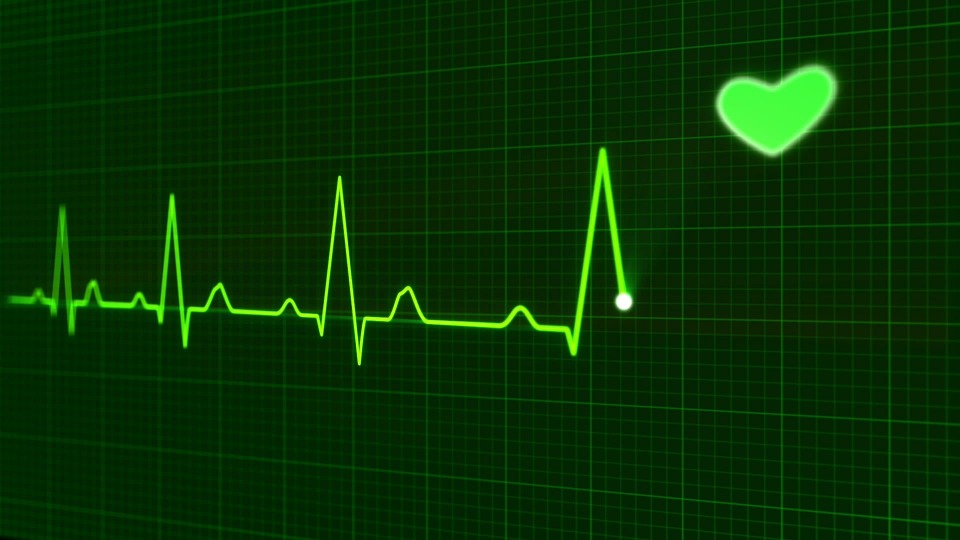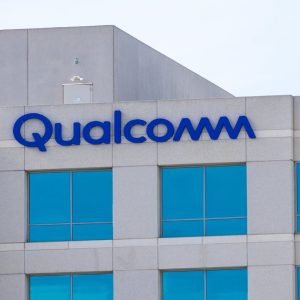
As human beings continue to live longer, an increased strain on the healthcare industry is inevitable. The global population is continuing to age and it’s estimated that by 2050 the median age across Europe will be in the 50’s, whilst the worldwide number of over 60’s will double to 21%.
Older people are far more likely to require the use of medical facilities than younger people and, according to a report by the Nuffield Trust, over 65’s accounted for two-fifths of the NHS budget in 2015. Cuts to the NHS in Britain and recent threats to the Affordable Care Act in the US are almost certain to exacerbate these problems.
In order to overcome these challenges healthcare will have to evolve and change to support these developments. One of the primary problems facing the industry right now is the ageing of the systems themselves, these legacy systems ensure that hospitals and GP’s still largely operate on a remedial system as opposed to a preventative one, a digital system could help to change that.
Recent developments into IoT solutions could at least be a part of the solution, as Gartner Analyst, Anurag Gupta said: “IoT is one of the ways the current system will change, and by one of the ways I mean don’t just throw another technology at a systemic problem. Technology doesn’t always just solve a problem by throwing it at the problem.”
“To make it work we need to look at the system, the underlying problems and how the new system will affect that, not by just throwing money and buying new systems for healthcare.”
“We need to understand what challenges we want to solve.”
A major challenge in healthcare at the moment is legacy systems. Siloed data sitting in outdated systems, paired with a lack of connection between hospitals, patients and healthcare organisations, mean that healthcare today is reactionary, as Mr Gupta told CBR:
“If you look at the generic healthcare market what’s changing is the shift from a hospital based model into a digital one. The problem right now is we are still too much into a hospital based model.”
“Hospitals are a highly reactive commodity which basically means that when you go to a doctor it’s typically because you feel ill, a digital one has the potential to change that.”

Leveraging the IoT could help in aiding that shift toward preventative healthcare, with sensors and connected devices helping to monitor, detect and prevent illness and disease.
For example, one of the leading initiatives right now is known as the Virtual Patient Observation (VPO). This Cisco system uses smart technology to monitor and observe patients which greatly increases their safety. According to HPOE every year the US healthcare system pays upwards of $14 billion in compensation for accidental falls. Between 700,000 and 1 million falls occur in hospitals nationwide, 35% of which cause injury and 11,000 are fatal.
Connected healthcare is also gaining traction through Telemedicine. This technology allows for the remote diagnosis or checkup of patients in their own home, vastly reducing the need for long waiting room trips, or potentially unnecessary visits. Not only would this help to make people feel more independent and comfortable, a screen based initiative would help to alleviate strain on the system whilst still maintaining a human element.
IoT could even aid in that much-debated area of hosptial beds. Emerging systems and devices in the IoT space could allow for rooms to be fitted with sensors designed to detect movements and monitor bed availability in order to avoid overcrowding and patients being left to idle in corridors.
These systems could prove extremely beneficial and cost effective in the long run, but the initial investments are likely to be steep. The NHS is not in a position of financial strength right now, running a deficit of £2.45 billion for 2015-16, threefold the previous year. The total deficit over the next five years is expected to reach between £20 billion to £30 billion.

Gupta said: “Either you increase the working age or reduce the cost of operations, and IoT is one of the ways to do that. The magic of IoT is when you start acting on the data, that’s when you can start seeing the cost benefits.”
If IoT solutions can effectively “nudge the people” into living less dependently on the existing medical infrastructure it could help alleviate the strain and create a more cost effective system. However, this would require undertaking the expensive process of rebuilding the entire network in order to replace existing IT systems with IoT solutions across all forms of care.
Gupta said that this initial cost would likely decrease over time though as “in technology, more than most industries, we see adoption in small increments which rapidly grow in size and frequency.” As more IoT solutions become apparent, their costs should go down as their availability increases.
Despite the potential for IoT, we should be weary in our adoption of IoT solutions, and not just in healthcare. In what’s known as Amara’s law, Roy Amara, paraphrased by Robert X. Cringley said: “We tend to overestimate the effect of a technology in the short run and underestimate the effect in the long run.”
Gupta alluded to this and said: “IoT, is very hyped up and people have a lot of expectations, we need to guard those expectations.”
Though he added: “It’s one of our only options right now as we are going to live to be older, we’re going to live longer, we have to manage the supply.”
We need to think very carefully about the implementation of IoT in healthcare, it has the potential to revolutionise the system but at the same time we must be mindful not to expect too much in the beginning. With IoT the sky’s the limit, but it may take patience and a concerted effort to reach that sky.






